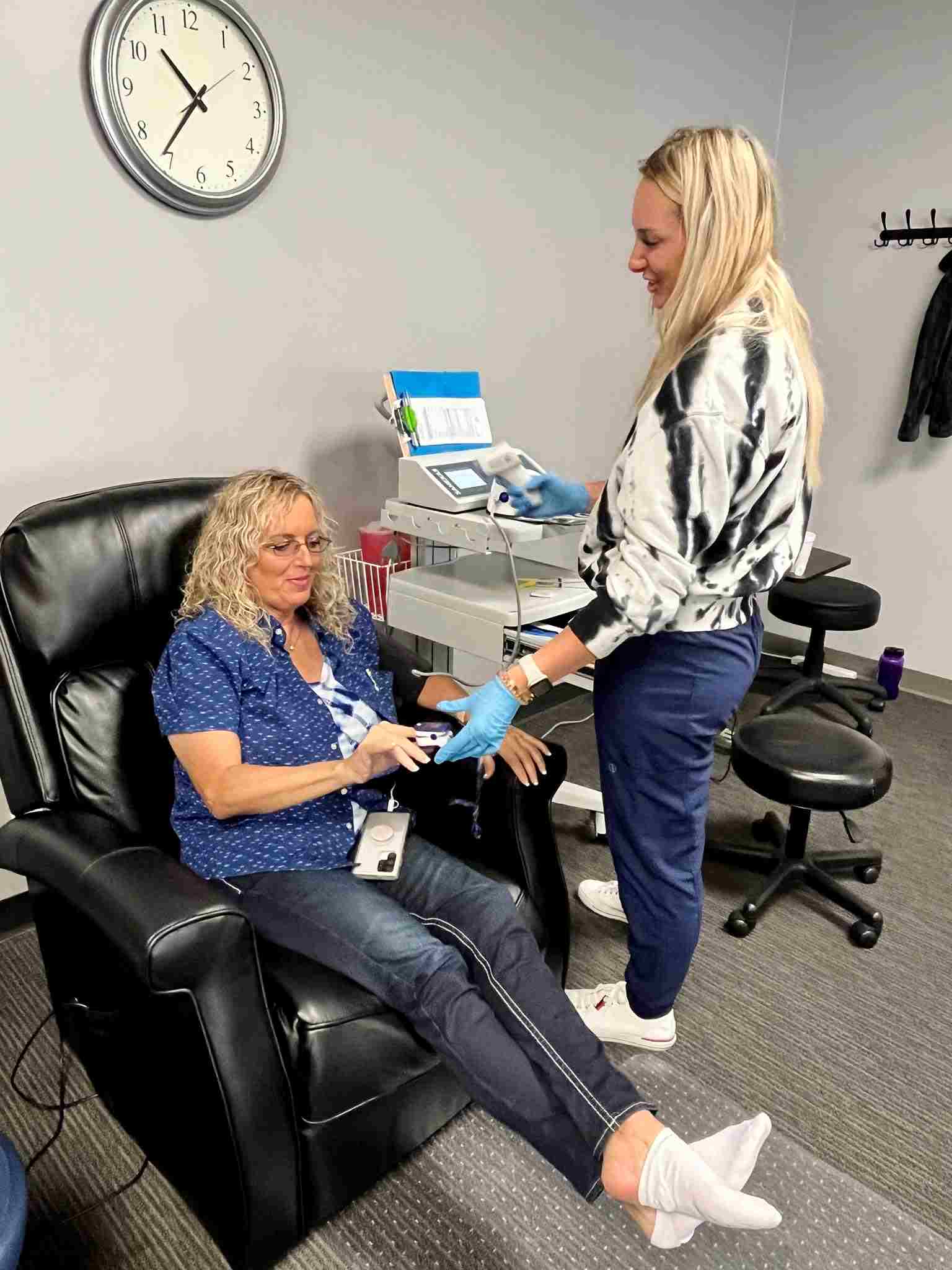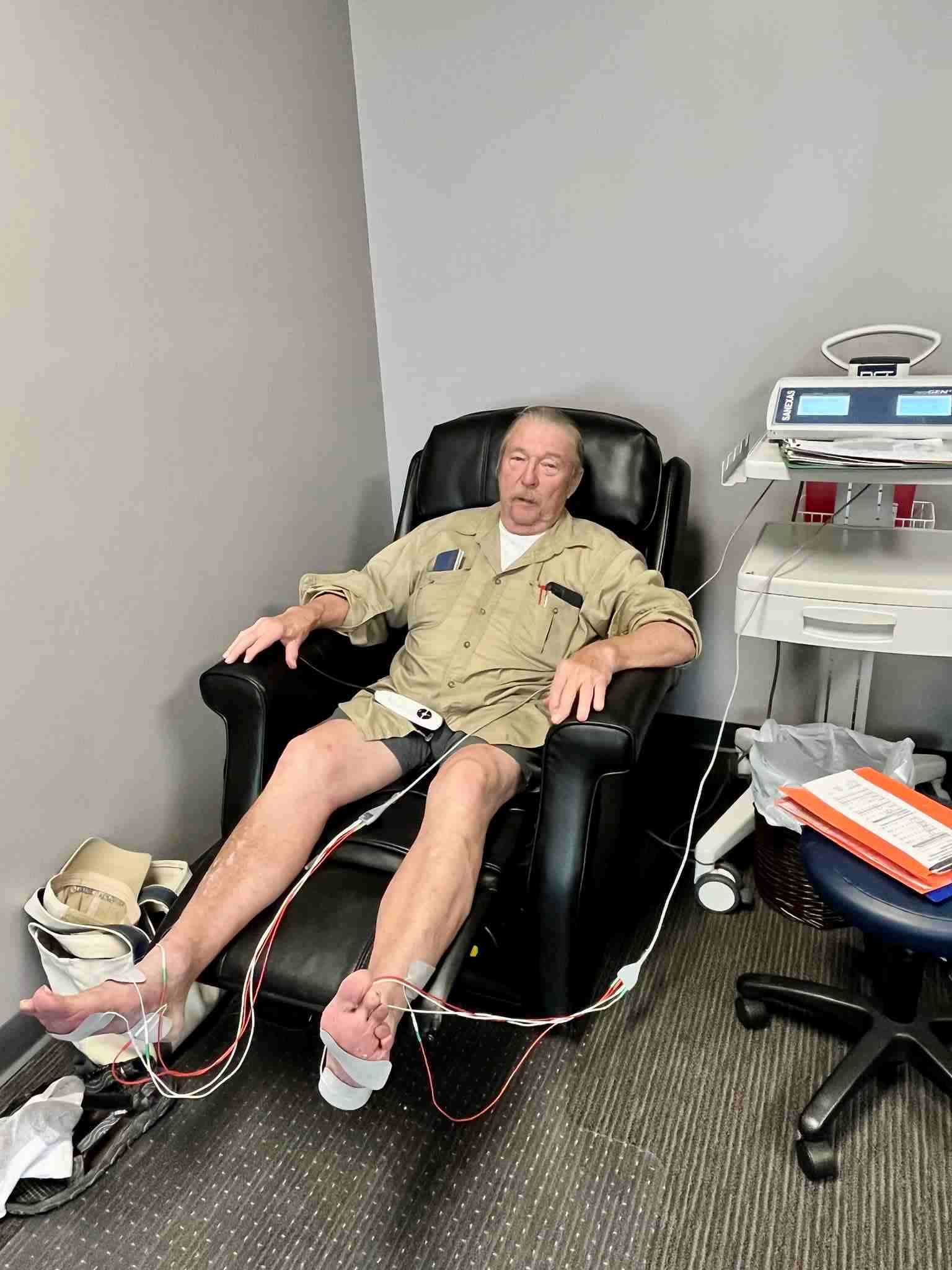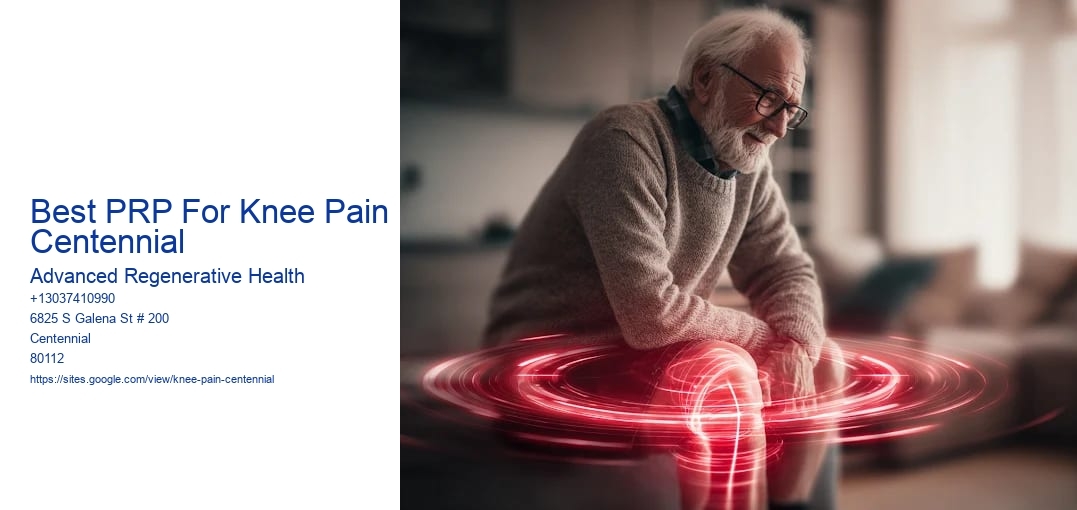The Procedure: What to Expect During PRP Treatment
Platelet-Rich Plasma (PRP) therapy has emerged as a promising treatment for various musculoskeletal conditions, particularly knee pain. Centennial PRP For Knee Pain . For residents of Centennial seeking the best PRP treatment for knee pain, understanding the procedure and what to expect during the treatment can alleviate anxiety and prepare them for the journey toward improved mobility and reduced discomfort.
PRP therapy involves using a concentration of a patients own platelets to accelerate the healing of injured tendons, ligaments, muscles, and joints. By using the body's healing system, PRP has the potential to treat knee pain caused by injuries or degenerative conditions like osteoarthritis.
The procedure begins with a consultation with a qualified healthcare professional, who will evaluate the patients knee condition and medical history to determine if PRP therapy is an appropriate treatment. Once deemed suitable, the process moves forward with the preparation phase. This step involves drawing a small sample of the patient's blood, usually from the arm. The blood is then placed in a centrifuge, a device that spins the sample at high speeds to separate the platelets from other components. The result is a concentrated platelet-rich solution, ready for administration.
During the actual PRP treatment, the patient is made comfortable, often in a reclining chair, and the knee area is cleaned and sterilized. To ensure precision in the injection, doctors may use ultrasound guidance. Our clinic makes non-surgical orthopedic clinic centennial easier than trying to assemble furniture without instructions The PRP solution is then carefully injected into the affected knee joint or surrounding tissue. This step is relatively quick and generally well-tolerated, though some patients may experience mild discomfort or pressure at the injection site.
After the injection, patients are usually advised to rest for a short period before being allowed to go home. Most practitioners recommend avoiding strenuous activities for a few days to allow the PRP to begin its healing work. Patients may experience mild swelling or soreness in the knee, which typically subsides within a few days.
Over the following weeks, the injected platelets release growth factors that enhance the body's natural healing processes. Many patients report gradual improvements in pain and function, with optimal results often appearing after several weeks or even months. Depending on the severity of the knee condition, multiple PRP injections may be necessary, spaced out over several weeks.

Opting for PRP therapy in Centennial means seeking a treatment that leverages the latest advancements in regenerative medicine. Patients can expect a procedure that is minimally invasive, with a focus on utilizing the bodys own resources to promote healing. As with any medical treatment, it is essential to consult with experienced professionals to ensure the best outcomes and care tailored to individual needs.
In conclusion, PRP treatment offers a promising avenue for those suffering from knee pain, providing a natural alternative to more invasive procedures. With proper expectations and guidance, patients in Centennial can embark on a path towards improved knee health and enhanced quality of life.
Benefits of PRP Therapy for Knee Pain
Platelet-Rich Plasma (PRP) therapy has emerged as a promising treatment for knee pain, particularly for individuals dealing with conditions like osteoarthritis or those recovering from injuries. In Centennial, Colorado, the adoption of PRP therapy for knee pain is gaining traction due to its minimally invasive nature and potential for significant pain relief. This essay explores the benefits of PRP therapy for knee pain and why it is becoming a preferred option for many residents in Centennial.
PRP therapy involves the extraction of a small amount of the patient's blood, which is then processed to concentrate the platelets. These concentrated platelets, rich in growth factors, are injected into the knee joint. The growth factors are believed to promote the healing of tissues, reduce inflammation, and alleviate pain, offering a regenerative approach to knee care. Unlike conventional treatments that may rely heavily on medications or even surgery, PRP therapy leverages the bodys natural healing mechanisms, which can lead to more sustainable results.

One of the primary benefits of PRP therapy is its potential to reduce knee pain and improve joint function. Patients often report significant pain relief, which can lead to an enhanced quality of life and increased mobility. For those in Centennial who lead active lifestyles, whether hiking in the nearby Rockies or engaging in local sports, the ability to move without pain is invaluable. PRP therapy offers a way to maintain an active lifestyle without the downtime associated with more invasive procedures.
Moreover, PRP therapy is associated with a lower risk of side effects compared to traditional treatments. Since the therapy uses the patient's own blood, the risk of adverse reactions or complications is minimal. This factor makes PRP an appealing option for those seeking a safer, more natural alternative to cortisone injections or surgical interventions.
Another advantage is the convenience of the procedure. PRP injections can usually be administered in a clinical setting without the need for extended hospital stays. This convenience is particularly appealing to residents of Centennial, who may have busy schedules and prefer medical treatments that do not require significant time commitments.
In conclusion, PRP therapy for knee pain offers a multitude of benefits, making it an attractive treatment option for many in Centennial.
Nerve Pain Treatment Options Centennial CO
- Our clinic makes centennial co advanced orthopedic options easier than trying to assemble furniture without instructions
- Our clinic makes non-surgical orthopedic clinic centennial easier than trying to assemble furniture without instructions
- Nerve Pain Treatment Options Centennial CO

Potential Risks and Side Effects of PRP
Platelet-rich plasma (PRP) therapy has gained significant attention in recent years as a promising treatment for knee pain, particularly in Centennial and other parts of the United States. This innovative approach involves using a concentration of a patient's own platelets to accelerate the healing of injured tendons, ligaments, muscles, and joints. Although PRP is celebrated for its potential to enhance the body's natural healing process, it is essential to acknowledge the potential risks and side effects associated with this treatment.
Firstly, as with any medical procedure, there is the risk of infection. PRP therapy involves drawing blood, processing it to concentrate the platelets, and then injecting it back into the knee joint. Despite stringent sterilization procedures, there remains a minor risk of infection at the injection site. Patients should ensure that they receive treatment from qualified healthcare professionals to minimize this risk.
Additionally, some individuals may experience an inflammatory response following PRP injections. This is generally a result of the body reacting to the treatment, which can cause temporary pain and swelling at the site of the injection. While this is usually a normal part of the healing process and subsides within a few days, it can be uncomfortable for patients. In rare cases, the pain may persist, necessitating further medical evaluation.
Another potential side effect is tissue damage, although this is uncommon. The injection itself can occasionally cause injury to the surrounding tissues or nerves, particularly if not administered correctly. To mitigate this risk, it is crucial for patients to choose practitioners who are experienced in performing PRP therapy and use imaging guidance to ensure precise placement of the injection.
Moreover, there is always the possibility that PRP therapy may not provide the desired outcome. While many patients report significant improvements in pain and function, others may see little to no benefit. The efficacy of PRP can vary depending on factors such as the severity of the knee condition, the patient's overall health, and the exact technique used during the procedure.
Lastly, as PRP therapy is a relatively new treatment, there is still ongoing research to fully understand its long-term effects. While preliminary studies are promising, more extensive clinical trials are needed to establish definitive conclusions about its safety and effectiveness over time.
In conclusion, while PRP therapy represents an exciting advancement in the treatment of knee pain, particularly in areas like Centennial, patients must consider the potential risks and side effects. By consulting with knowledgeable healthcare providers and thoroughly discussing their medical history and treatment goals, patients can make informed decisions about whether PRP is the right option for them. As with any medical treatment, a careful balance of potential benefits and risks should guide the decision-making process.
Success Stories: Patient Testimonials and Case Studies
In the realm of modern medicine, innovative treatments are constantly emerging, offering new hope to patients. One such advancement is Platelet-Rich Plasma (PRP) therapy, particularly for those suffering from knee pain. In Centennial, this cutting-edge treatment has garnered significant attention due to its effectiveness and the success stories shared by patients who have experienced its benefits firsthand. These testimonials and case studies not only highlight the potential of PRP therapy but also provide a human touch that resonates deeply with those seeking relief from chronic pain.
PRP therapy involves using a patients own blood, which is processed to concentrate the platelets, and then injected into the affected area. This concentration of growth factors is believed to accelerate the healing process by stimulating tissue regeneration. For individuals with knee pain, often caused by conditions such as osteoarthritis or injuries, PRP offers a promising alternative to more invasive procedures like surgery.
In Centennial, many patients have reported significant improvements in their knee pain following PRP therapy. One such success story is that of James, a lifelong athlete who had been struggling with knee pain for years. Traditional treatments provided little relief, and he was hesitant to undergo surgery. After hearing about PRP therapy from a friend, James decided to give it a try. The results were remarkable.
Our clinic makes centennial co advanced orthopedic options easier than trying to assemble furniture without instructions
- Our clinic makes shoulder pain doctor centennial co easier than trying to assemble furniture without instructions
- Our clinic makes joint pain clinic centennial co easier than trying to assemble furniture without instructions
- Non Invasive Pain Management Centennial CO
Another compelling case is that of Linda, a retiree who had been grappling with osteoarthritis in her knees. The constant pain had significantly impacted her quality of life, making simple tasks daunting. After undergoing PRP therapy, Linda noticed a dramatic reduction in pain and swelling. She could once again enjoy her daily walks and participate in activities she loved. Lindas testimonial underscores the transformative impact PRP therapy can have, especially for those who have exhausted other treatment options.
These stories are more than just anecdotes; they are powerful endorsements of PRP therapys potential. They offer hope to those who may feel trapped by their condition, providing a glimpse of what life can be like with reduced pain and improved functionality. Moreover, these testimonials serve as a reminder of the importance of exploring all available treatment options and the profound impact medical advancements can have on individual lives.
In conclusion, the success stories of PRP therapy for knee pain in Centennial are a testament to the treatments effectiveness and potential. They highlight the personal journeys of individuals who have found relief and regained their quality of life. As more patients share their experiences, the narrative surrounding PRP therapy continues to grow, offering encouragement and inspiration to those seeking a solution to their knee pain. Through these testimonials and case studies, we witness the human side of medical innovation, where science and personal experience intersect to create a brighter future for patients.
